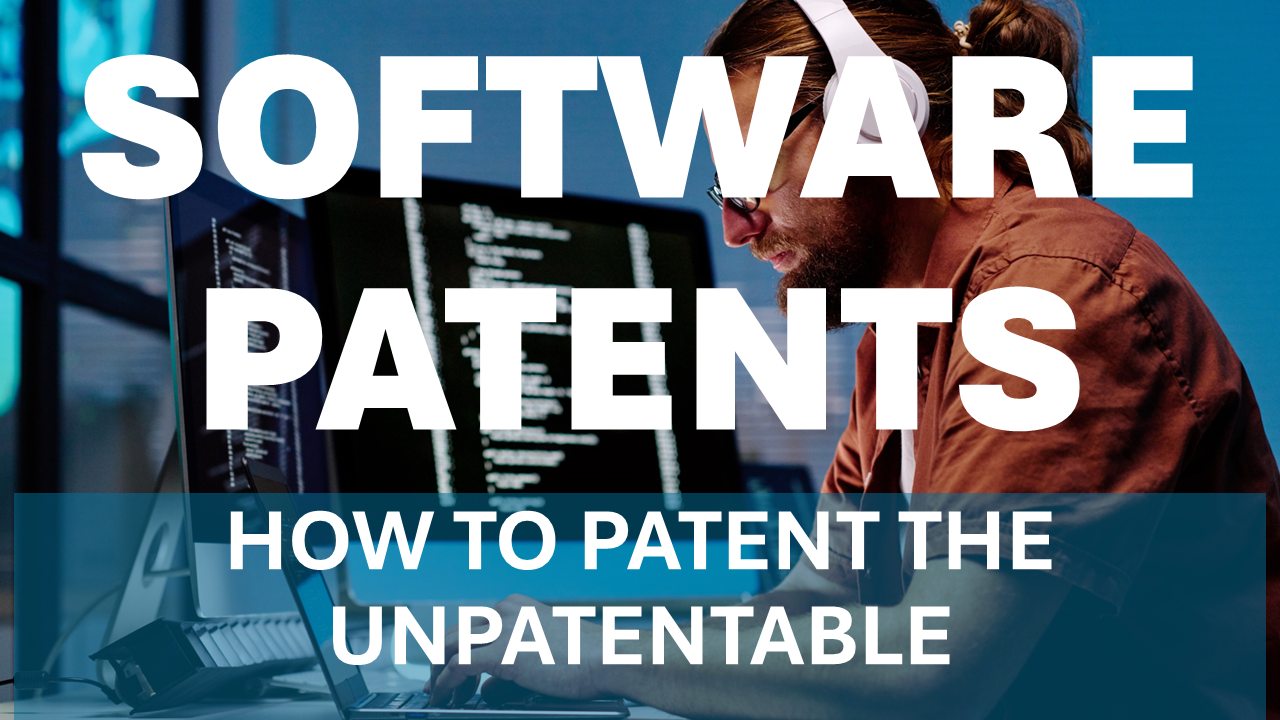In my over a decade of experience as an IP and innovation consultant, I’ve navigated the complex waters of patenting across a spectrum of industries. From the precision of surgical robotics to the strategic data handling in healthcare CRMs, my journey has involved securing over 100 patents for clients, encompassing a wide array of sectors including HR/Recruiting software, AI/ML technologies, and innovative display casting platforms. Today, I’m here to dispel a common myth and guide you through the intricacies of patenting software innovations, drawing on real-world experiences and lessons learned along the way.
The Myth Debunked
One prevailing myth I encounter frequently is the notion that software cannot be patented. This misconception couldn’t be further from the truth. Software patents are not only possible but can serve as a pivotal component of a company’s intellectual property strategy, offering protection for your innovations, enhancing your business’s valuation, and opening new revenue streams through licensing.
The First Steps
The journey to patenting a software innovation begins with understanding what sets your software apart. What is its unique value proposition? During my time working with surgical robotics, for example, the differentiation often lay in the software’s ability to interpret complex data and translate it into precise, real-time movements of robotic arms. This wasn’t just software; it was a transformative tool in the operating room.
Prior Art and Novelty
A thorough investigation of prior art is crucial. This process can be likened to exploring a vast library of existing inventions in your domain. For an HR/Recruiting software client, we once dissected dozens of existing patents and publications to carve out a niche for their unique algorithm that matched candidates to roles not just based on qualifications but predicted cultural fit and longevity.
Understanding Patent Eligibility
The “Alice” decision is a watershed moment in software patenting, emphasizing the need for specificity. In working with AI/ML technologies, I’ve learned that simply automating what a human can do doesn’t cut it. The invention must contribute a novel technical improvement or solve a technical problem in a non-obvious way.
Looking Ahead
Patenting is not just about protecting what your software does now; it’s about envisioning its future capabilities. When advising a client in the display casting technology sector, we didn’t just focus on current streaming capabilities. We envisioned future advancements in resolution, interactivity, and user control, ensuring their patent covered these evolutionary paths.
Industry-Wide Applicability
The principles of software patenting apply universally across industries. Whether it’s enhancing patient management through healthcare CRMs or revolutionizing entertainment with advanced display casting technologies, the approach remains consistent: identify the innovation, understand its patentability, and articulate its future trajectory.
The Race to the Patent Office
In the realm of patents, timing is everything. The transition to a “first to file” system underscores the urgency of securing your innovations early. This is a lesson I emphasize with every client, from AI startups to established industrial players.
From Theory to Practice
My experience has taught me that patenting software is an art as much as it is a science. It’s about storytelling, where your invention is the protagonist navigating the complex landscape of IP law. Each patent application I’ve crafted tells a unique story, from enhancing surgical precision with robotics to redefining how we interact with digital content through casting technologies.
In conclusion, the path to patenting software is fraught with challenges but ripe with opportunity. By understanding what makes your software unique, thoroughly researching prior art, and strategically envisioning its future, you can navigate the patent landscape with confidence. Remember, in the world of innovation, protecting your intellectual property is not just a legal exercise; it’s a strategic imperative that can define the future of your business.

